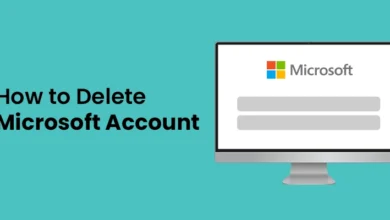How to Perfect the Art of Twitter Marketing
Twitter marketing may help you expand your audience, promote your products, and drive traffic to your website, among other things.
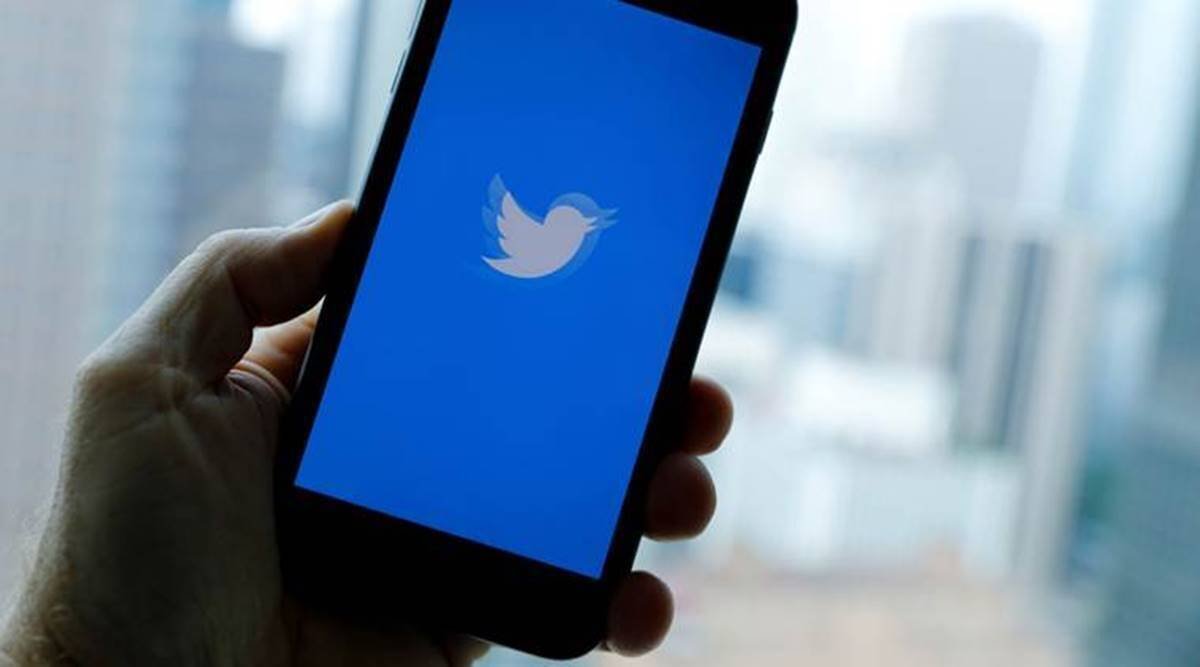
Twitter has progressed from a place where people could air their grievances to a powerful marketing tool that allows companies to engage with their customers in real-time. With over 321 million monthly active users, it’s easy to see why businesses continue to utilize Twitter after all these years. However, Tweeting about the latest hot topic on a regular basis is no longer sufficient.
To stand out and keep your audience engaged on Twitter, just like any other social media platform, you’ll require strategic planning and intentionality.
When people first start tweeting as a brand, they often become stiff and professional, treating Twitter as if it were a one-way broadcast channel from which they could inform the world about their business. Customers and potential customers are more likely to engage with your brand if it is warm and enthusiastic about the items it produces, as well as about its business.
In addition to organically growing an audience, Twitter allows you to reach people directly by purchasing advertisements. Simply log in to the official Twitter Business site using your Twitter account. You can run two types of campaigns here. You can either promote your account as a whole, in the hopes of attracting more of the proper kinds of followers, or you can promote certain tweets to spread the news about new items, sales, and other events.
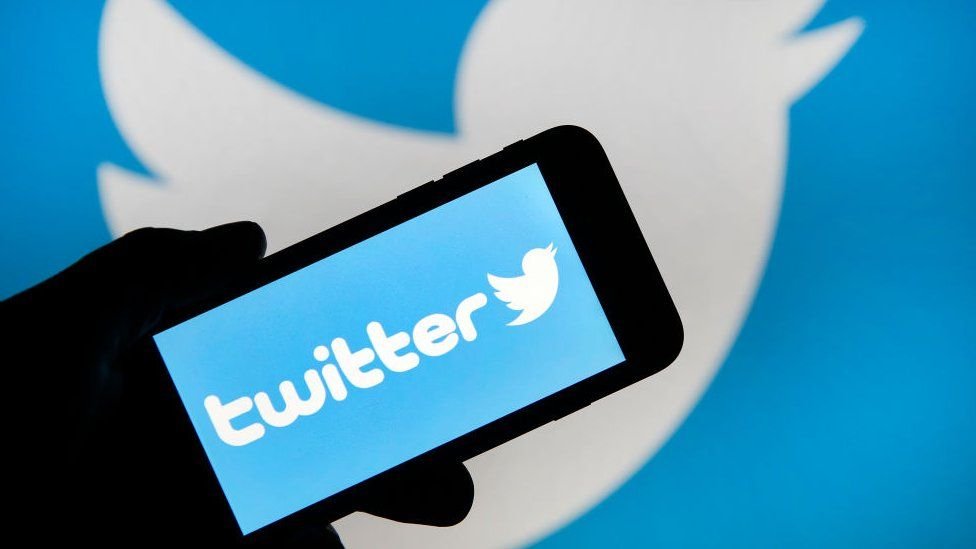
You choose a budget and then target the types of people you want to attract, such as by naming other Twitter usernames (competitors, for example) whose followers you’d like to follow you as well.
Table of Contents
Strategic Planning:
The most crucial step is to determine your plan. What are your goals for using Twitter as a marketing tool, and why are you doing so? Perhaps it’s to increase sales, which is a good and understandable goal, but tread carefully because people loathe being pressured to buy items.
Perhaps it’s to give your brand a personality. You could wish to be a part of a community of individuals and brands who are interested in a particular topic. Or maybe you just want to express your enthusiasm for something with others. All of these factors, as well as others, are likely to drive your motivation. That’s good, but make sure you’ve established your Twitter marketing objective.
Be ready to change and improve your strategy as you go. Do so in response to customer interaction with your tweets, as well as bigger trends on Twitter, in your industry, and in the macroeconomic world, but start with a strategy. Regardless, your business needs to have a personality and a human quality, so start building that personality even before you start tweeting about your items.
Tweet behind-the-scenes look at how your items are manufactured, retweet fascinating or cool content, or create a meme. Don’t be afraid to be a little wacky or off-the-wall. Remember, it’s called Twitter for a reason, so not every tweet has to be significant or great. Consider the types of tweets you enjoy seeing and retweeting, and try to imitate them. People will only retweet your tweets if they find them amusing, useful, or intriguing.
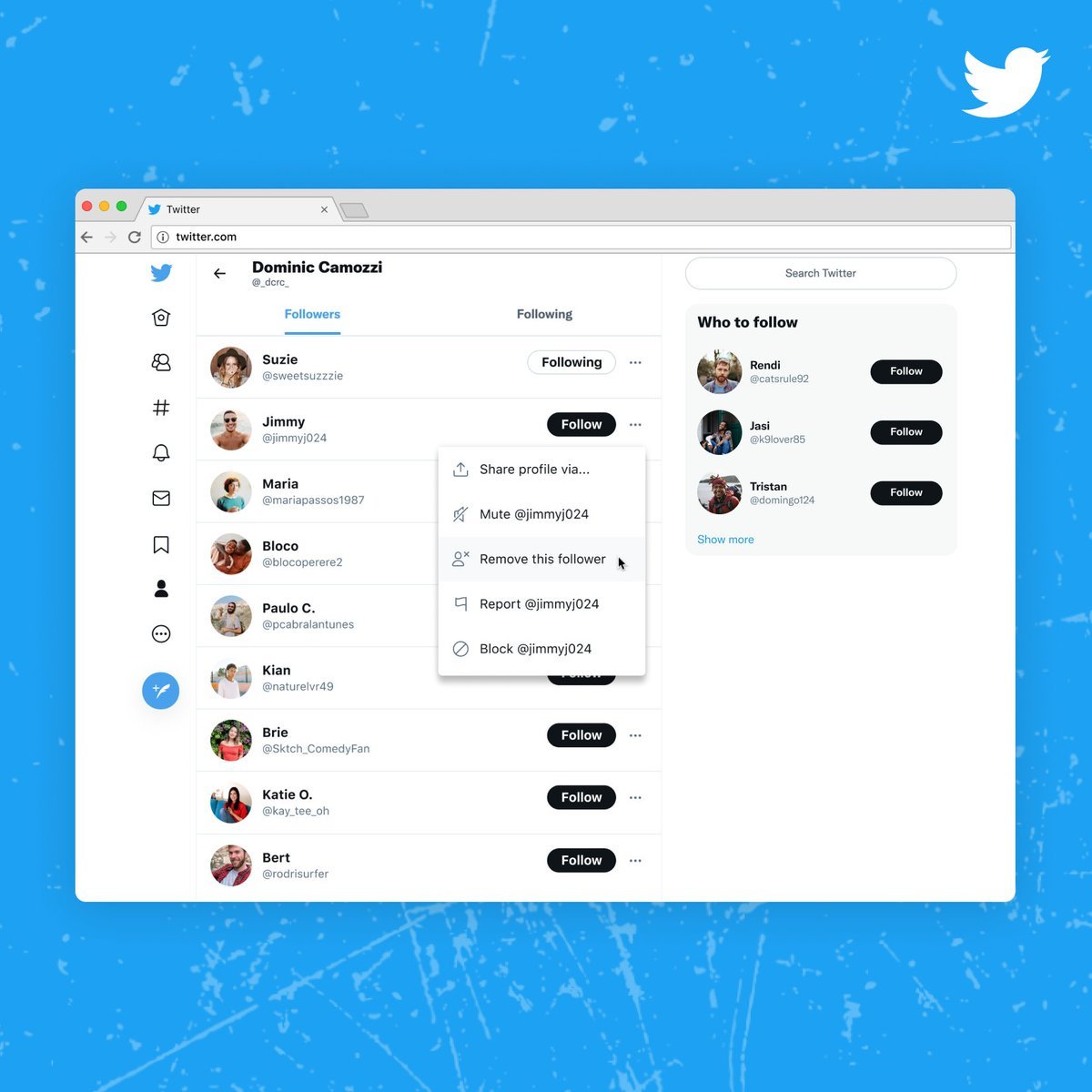
Connecting your Twitter account to an auto-post service that tweets headlines and story snippets from your blog or news site is usually a bad idea. The results are virtually always impersonal and unsuitable for what you’re attempting to accomplish. Sure, tweet the news, but do so by hand and try to include a photo — it’s a wonderful way to make tweets stand out. You can use any image, but make it 1,024 512 pixels for the best results.
Evaluate your successes:
Don’t get caught up in the number of followers you have. It’s a helpful metric, but it’s not the only one. Many accounts with tens of thousands of followers have acquired them through dubious means, but the good news is that the majority of those followers aren’t genuinely valuable – or even real individuals in certain situations.
It’s far preferable to have a limited number of engaged followers who can be persuaded to purchase from your brand. You’re doing something right if your tweets earn more likes and retweets than an account with ten or a hundred times the number of followers you have. It’s critical to employ analytics services to obtain a clear picture of what’s working and what’s not.
Meaningful followers:
If you want to gain more genuine followers, you can do so by simply posting content that people will want to share with their friends, or by using more overt methods. The latter usually entails either paying to get your brand in front of followers or conducting a competition.
Make sure to include all terms and restrictions, and be prepared to send the prize anywhere in the world unless you specify otherwise. Existing followers will retweet your tweets, bringing the competition and the brand to the attention of new people who may become new fans.
Avoid dates with ambiguous digits, as this may generate confusion between the United States and the United Kingdom. If you give a time, make sure to include the timezone as well. Use Twitter to communicate with current and potential consumers. Some people will use your @username in their tweets, making it easy to respond to praise or criticism, but you can also use Twitter’s search feature to keep an eye on more off-the-beaten-path conversations.

Searching for your company name will bring up a lot of useless tweets, but you may refine the search by stringing together operators. For more information, go to the Twitter Help Center. However, responding to someone who is talking about you but not to you might be weird, so keep that in mind while responding!
What distinguishes a good account?
Following a few successful brand accounts on Twitter to understand their strategies is a fantastic idea, but who should you follow?
One of the better instances of a brand on Twitter is Innocent Drinks. It has personality first and foremost, which is apparent in everything it posts. Tweets about promotions and partnerships that aren’t overly promotional, but always with a cheerful tone and interesting photographs, videos, and graphics.
This may appear insignificant, but it’s what people retweet, and each appearance in someone else’s feed is marketing in the brand’s voice. When given the choice between a supermarket’s own-brand orange juice and a more expensive bottle of Innocent, it’s all about eliciting positive feelings so that people feel they have a relationship with the brand.
As a follower of the account, you don’t see how actively the team replies to customers until you also follow a person it’s talking to. Innocent has the good fortune of being perceived as a kind brand, thanks in part to its activities on social media. It keeps an eye on Twitter for both implicit and explicit mentions. Perhaps more PR than marketing, but it directs conversations and corrects what Innocent sees as misconceptions about, say, the sugar level of their drinks.
It’s critical that your Twitter marketing is part of a larger, well-coordinated effort. For example, Innocent frequently sets up shop at a place to give away free smoothies, which it announces to the rest of the world via Twitter, where the message is amplified by retweets. Some of Innocent’s most popular tweets demonstrate a relentless focus on brand personality, but also underline the company’s product focus.
Twitter’s six golden rules:
To give your social media efforts the best chance of success, follow these six easy rules when marketing your business on Twitter-
Be Genuine: If you remember nothing else from this section, keep in mind that we used to worship ‘brands,’ but now we distrust them, so avoid using corporate jargon. Be enthusiastic, enthusiastic, and friendly. It’s often preferable to appear cheerful and engaged in the world around you rather than professional – or, to put it another way, stuffy.
Engage: Treating any social media network as a broadcast medium is a typical mistake. That is, when people have something they want to share with the world, they just send out a message. This may work in a few circumstances, but most businesses need to engage on Twitter on a more personal level. Respond to brand mentions, follow intriguing people, and don’t forget to talk to them.
Use analytics: You probably have a good idea of what your audience will be interested in, what time of day they are most active, and so on, but don’t rely on intuition alone. Platforms like Buffer, Social Flow, and even Twitter’s basic statistics can help you figure out what works so you can do more of it.
It can’t possibly be used as a marketing tool: If the only thing you use your Twitter account for is to tweet company news, any real followers you manage to get will rapidly tyre of you and abandon you. Tweet information that your audience will find useful and interesting, such as tips, jokes, and, yes, even competitor brand news. They will stay if they can trust you to bring them everything they need.
Avoid negativity: If you get into a real-life argument, few people will hear about it, and even fewer will witness it. On Twitter, however, any negative can be quickly shared, and if it’s juicy, people will share and discuss it. Your terrible tweets are just as easily redistributed as your nice ones, and the spread will take on a life of its own. The repercussions in terms of public perception can be severe.
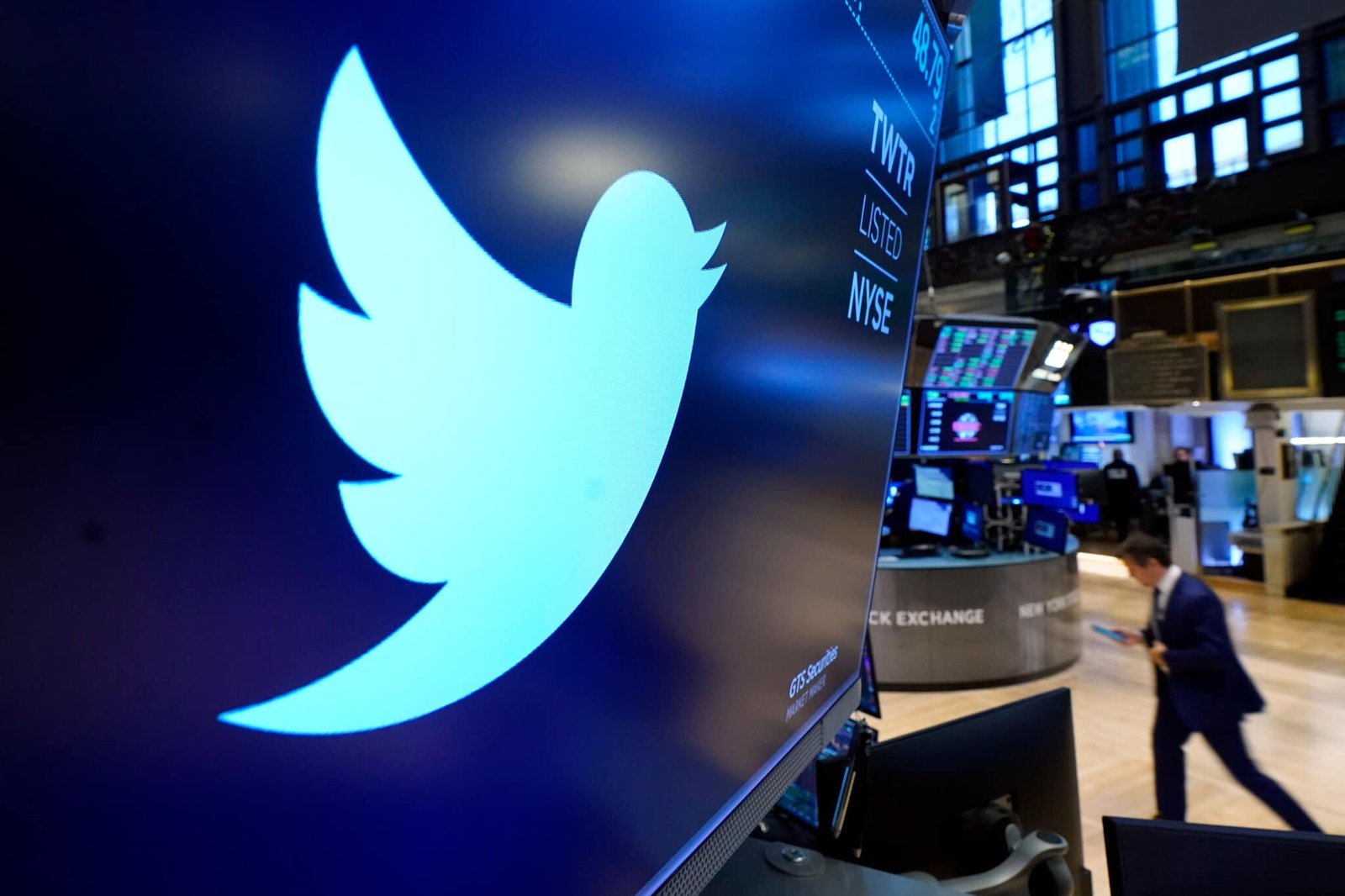
Don’t retweet praise (too much): We all like to be told we’re doing a good job, and occasionally retweeting praise into your followers’ feeds may be a smart way to remind them you’re a good brand, especially if it coincides with your strategic goals. However, consider this from the standpoint of your followers. They didn’t follow you because they wanted to hear how terrific you are.
Also Read: Top 5 Largest Smartphone Brands in the World



